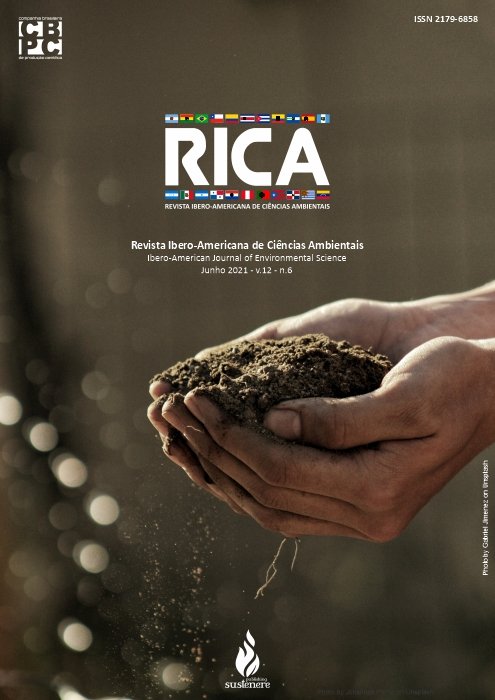Low cost system for remote monitoring of water quality
DOI:
https://doi.org/10.6008/CBPC2179-6858.2021.006.0055Keywords:
Smart metering, pH, Turbidity, Rural communitiesAbstract
The quality of water for human consumption directly influences the well-being of its final consumers. Infectious and contagious waterborne diseases emerge as public health problems that could be avoided by the continuous inspection of water supply systems regarding compliance with the drinking standards presented in Consolidation Ordinance No. 5/2017 of the Brazil Ministry of Health. Communities residing in areas further away from urban centers and which make use of water resources from alternative supply systems, are often excluded from actions to monitor water quality parameters, generally due to the difficulty of access and logistics for collecting samples in these locations. The pH and Turbidity parameters, used to control the quality of water in a collective alternative solution, inform about the presence of contaminating substances that may pose a risk to human health. The use of remote monitoring systems to monitor variations in these parameters is a qualitative control solution for the water that supplies these communities, allowing real-time verification of any changes in water quality. This work aimed to develop a low-cost device to monitor in real-time the pH, turbidity and temperature water parameters. For this, a hardware was created, containing sensors, controllers and power components, following the programming of the software in Arduino language, similar to the C language. The calibration and validation of the sensors were performed through laboratory tests at the Sanitation Department of Federal University of Campina Grande (UFCG), using a pH meter and turbidimeter. The system was tested in a UFCG water tank and sent the collected data in real time to the online platform ThingSpeak, which presented information about the parameters of interest through graphics. The results obtained proved the efficiency of the system for monitoring the water pH, turbidity and temperature, allowing it to be used in the future to maximize the control of water quality in rural cisterns, for example.
Downloads
Downloads
Published
Issue
Section
License
Copyright (c) 2021 Ibero-American Journal of Environmental Sciences

This work is licensed under a Creative Commons Attribution-NonCommercial-NoDerivatives 4.0 International License.
The CBPC - Companhia Brasileira de Produção Científica (Brazil CNPJ: 11.221.422/0001-03) the material rights of the published works. The rights relate to the publication of the work anywhere in the world, including rights to renewals, expansions and dissemination of the contribution, as well as other subsidiary rights. All electronically published works may subsequently be published in printed collections under the coordination of this company and / or its partners. The authors preserve the copyright, but are not allowed to publish the contribution in another medium, printed or digital, in Portuguese or in translation.









